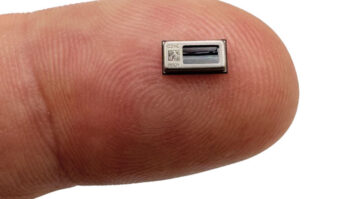I‘m reading a terrific book right now. It’s called “Abundance: The Future Is Brighter Than You Think.”
It was written by Peter Diamandis, the chairman and CEO of the X Prize Foundation and a longtime veteran of the technology industry, along with tech journalist Steven Kotler.
Among other credentials, Diamandis has degrees in molecular genetics and aerospace engineering from MIT, and an M.D. from Harvard Medical School.
The premise of the book is that science and technology have made the world a much better and safer place to live while at the same time opening up a Pandora’s Box of unintended consequences — overpopulation, resource shortages, climate change, income disparity. You know the drill.
But Diamandis is convinced (and is gradually convincing me as I read) that despite the problems that technology hath wrought, we as a society need to embrace techno-optimism. According to Diamandis’ theory, the world is on the precipice of several revolutionary breakthroughs in technology that will not only adequately deal with our current problems but lead to a world of absolute abundance.
Diamandis defines an abundant world as “a world of 9 billion people with clean water, nutritious food, affordable housing, personalized education, top-tier medical care, and non-polluting, ubiquitous energy.”
Such accomplishments will lead the way for a new level of freedom for the world’s citizens to pursue their own happiness and aspirations unhindered by the political repression that exists today.
How long until this utopia brought on by technology exists? “It “should be achievable within twentyfive years, with noticeable change possible within the next decade,” Diamandis believes.
Now, I am an optimist by nature, but even that kind of prediction seems impossibly sunny as I scan the countless current headlines on Ebola, terrorism, austerity politics and dysfunctional governments. But page by page, Diamandis lays out the facts, and those facts are backed by palpable anecdotal evidence I run across every day I cover the technology industry.
In the last six months I’ve met with brilliant people in this industry who are incrementally making the world a better and more efficient place through their technology ventures: like a wireless Wi-Fi-like power system that charges your devices automatically when you walk into a room; tiny wearable sensors that can monitor in real time a senior or person with special needs, allowing caregivers to work, or to just lead a normal life; LED solar lighting and water purification devices for off-the-grid third-world locales; or a food scanner that makes it possible to create a global “food print” that can be used to compare health outcomes based on dietary trends by region or demographic.
Twenty-five years seems like a short timetable, but then I remembered that 25 years ago I had no email, Internet or digital video or audio files.













